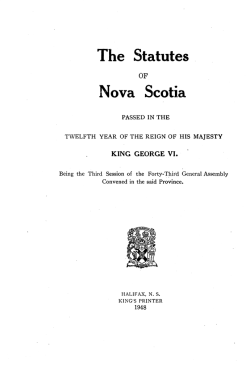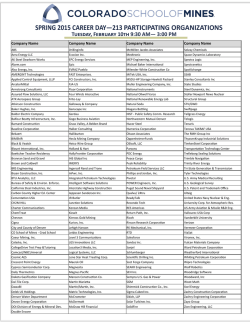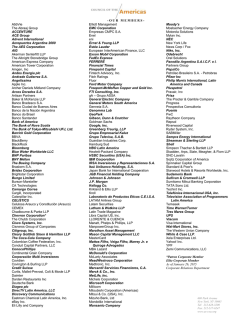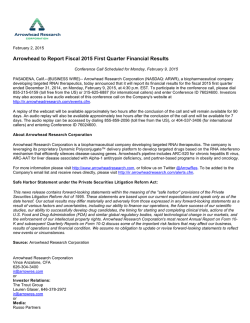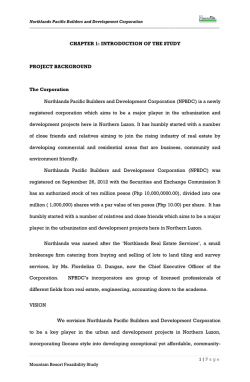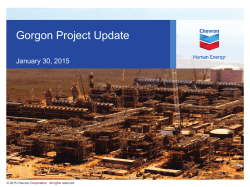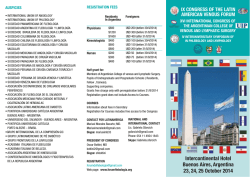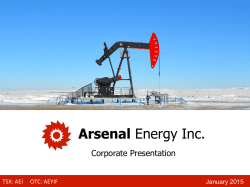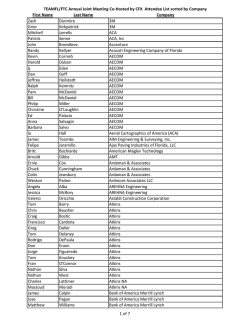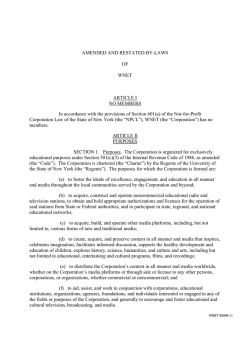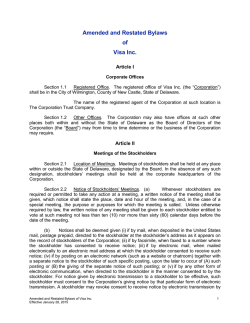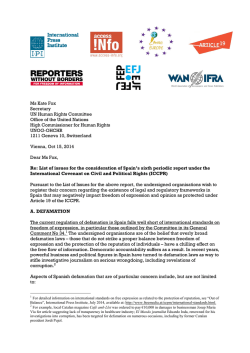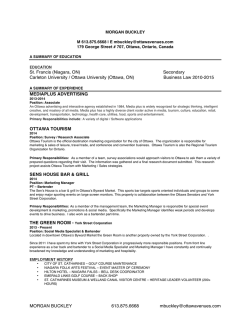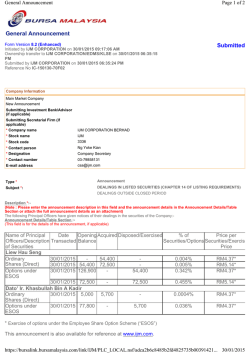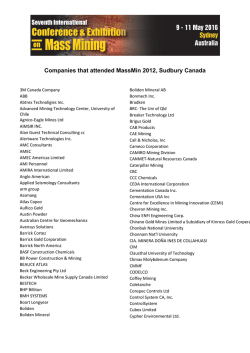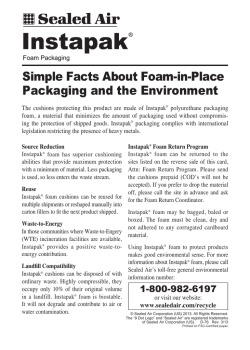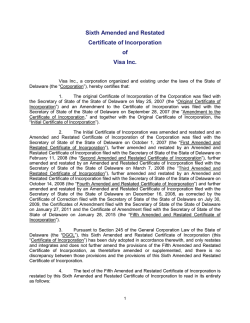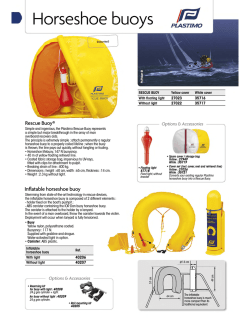
Tests 21 MMSCFPD at Clarinete 1 Gas Discovery in Colombia
Canacol Energy Ltd. Tests 21 MMSCFPD at Clarinete 1 Gas Discovery in
Colombia
CALGARY, ALBERTA - (January 27, 2015) - Canacol Energy Ltd. ("Canacol" or the "Corporation") (TSX:CNE; OTCQX:CNNEF;
BVC:CNEC) is pleased to announce that Clarinete 1, the first well drilled in its recently acquired VIM 5 Exploration and
Production (“E&P”) Contract, has tested at a final gross rate of 20.6 million standard cubic feet per day (“mmscfpd”)
(3,606 barrels of oil equivalent “boepd”) of dry gas with no water in the first of two planned production tests over two
separate reservoir intervals. Canacol, through its wholly owned subsidiary CNE Oil & Gas S.A.S., holds a 100% operated
interest in the VIM 5 E&P contract. Pursuant to an existing agreement, and subject to approval from the Agencia Nacional
de Hidrocarburos, an industry joint venture partner has the ability to earn up to 25 percent of the Corporations 100
percent interest in exchange for fulfilling certain financial commitments.
Both gas sales from Esperanza (currently sold based on the Guajira price index of US$5.08/mmbtu or US$28.96/boe) and
tariff oil from Ecuador (US$38.54/bbl), together comprising approximately 42% of production in FQ1 2015, are completely
insensitive to world oil prices, offering the Corporation a significant degree of protection from the current effects of falling
benchmark oil prices.
The Clarinete 1 exploration well was spud on October 8, 2014, and reached a total depth of 8,068 feet measured depth
(“ft md”) on November 7, 2014. The primary objective of the well were sandstones of the Tertiary aged Cienaga de Oro
(“CDO”) sandstone, the main producing reservoir at the Nelson and Palmer fields in the adjacent Esperanza contract
where Canacol has a 100% operated working interest. The Clarinete 1 encountered 149 feet of gas pay with average
porosity of 26% within the CDO sandstone reservoir based upon an evaluation of the open hole logs.
The lower part of the Cienaga de Oro sandstone reservoir was perforated in various intervals between 6,919 and 7,230
feet measured depth. This interval flowed naturally at a stable gross rate of 20.6 mmscfpd (3,606 boepd) using a 36 / 64
inch choke with a tubing head pressure of 2,528 pounds per square inch with no water during the course of a 72 hour
flow period. Following the completion of the first flow test period, the Corporation plans to perforate selected intervals
within the upper part of the Cienaga de Oro sandstone reservoir and conduct the second flow test, which the Corporation
plans to commence within one week. Meanwhile the Corporation is preparing to lay a flowline to tie the Clarinete 1 well
into its operated gas processing facility at the Jobo station. The Corporation will provide updates when relevant
information from the second planned flow test becomes available.
As per the previously disclosed independent evaluation of the prospective resources associated with the Clarinete
prospect by Gaffney Cline and Associates (see December 18, 2014 press release by Canacol), the pre drill best estimate of
unrisked gross prospective gas resource associated with the Clarinete discovery is approximately 540 billion cubic feet.
The Corporation has engaged its reserves auditors to prepare a reserve and contingent resource report for the Clarinete
discovery following the completion of the testing program.
The Corporation is currently negotiating a new take or pay gas sales contract associated with the Clarinete discovery and
shall provide details in the near future. As previously announced, the Corporation in 2014 executed three new gas sales
contracts for a combined 65 mmscfpd (11,052 boepd) which is expected to take Canacol’s current daily gas production of
approximately 20 mmcfpd (3,509 boepd) to 83 mmcfpd (14,561 boepd) in late calendar 2015. The new contracts each
have a five year term, with pricing of US$ 5.40/mmbtu (US$ 30.78/barrel of oil equivalent – “boe”) escalated at 2% per
year for two of the contracts totaling 35 mmcfpd, and US$8.00/mmbtu (US$ 45.60/boe) escalated at approximately 3%
per year for the third contract of 30 mmcfpd. Canacol currently sells approximately 18 mmcfpd (3,158 barrels of oil
equivalent per day) of gas from the Nelson Field to a local ferronickel producer under a 10 year contract that expires in
2021. That contract, unlike the new contracts, is linked to the Guajira price index, which changed effective October 29,
2014 from US$3.97/mmbtu (US$22.63/boe) to US$5.08/mmbtu (US$28.96/boe).
Canacol is an exploration and production company with operations focused in Colombia and Ecuador. The Corporation's
common stock trades on the Toronto Stock Exchange, the OTCQX in the United States of America, and the Colombia Stock
Exchange under ticker symbol CNE, CNNEF, and CNE.C, respectively.
This press release contains certain forward-looking statements within the meaning of applicable securities law. Forward-looking
statements are frequently characterized by words such as "plan", "expect", "project", "intend", "believe", "anticipate", "estimate" and
other similar words, or statements that certain events or conditions "may" or "will" occur, including without limitation statements
relating to estimated production rates from the Corporation's properties and intended work programs and associated timelines.
Forward-looking statements are based on the opinions and estimates of management at the date the statements are made and are
subject to a variety of risks and uncertainties and other factors that could cause actual events or results to differ materially from those
projected in the forward-looking statements. The Corporation cannot assure that actual results will be consistent with these forward
looking statements. They are made as of the date hereof and are subject to change and the Corporation assumes no obligation to revise
or update them to reflect new circumstances, except as required by law. Prospective investors should not place undue reliance on
forward looking statements. These factors include the inherent risks involved in the exploration for and development of crude oil and
natural gas properties, the uncertainties involved in interpreting drilling results and other geological and geophysical data, fluctuating
energy prices, the possibility of cost overruns or unanticipated costs or delays and other uncertainties associated with the oil and gas
industry. Other risk factors could include risks associated with negotiating with foreign governments as well as country risk associated
with conducting international activities, and other factors, many of which are beyond the control of the Corporation.
Boe conversion – The term “boe” is used in this news release. Boe may be misleading, particularly if used in isolation. A boe conversion
ratio of cubic feet of natural gas to barrels oil equivalent is based on an energy equivalency conversion method primarily applicable
at the burner tip and does not represent a value equivalency at the wellhead. In this news release, we have expressed boe using the
Colombian conversion standard of 5.7 Mcf: 1 bbl required by the Ministry of Mines and Energy of Colombia.
Data obtained from the initial testing results at the well identified in this press release, including barrels of oil produced and levels of
water-cut, should be considered to be preliminary until a further and detailed analysis or interpretation has been done on such data. The
well test results obtained and disclosed in this press release are not necessarily indicative of long-term performance or of ultimate
recovery. The reader is cautioned not to unduly rely on such results as such results may not be indicative of future performance of the
well or of expected production results for the Corporation in the future.
Prospective resources are those quantities of petroleum estimated, as of a given date, to be potentially recoverable from undiscovered
accumulations by application of future development projects. Prospective resources have two risk components, the chance of discovery
and the chance of development. There is no certainty that the Prospective resources will be discovered. If discovered, there is no
certainty that it will be commercially viable to produce any portion of the prospective resources. Application of any geological and
economic chance factor does not equate prospective resources to contingent resources or reserves. Low estimate is considered to be a
conservative estimate of the quantity that will actually be recovered. It is likely that the actual remaining quantities recovered will
exceed the low estimate. If probabilistic methods are used, there should be at least a 90 percent probability (P90) that the quantities
actually recovered will equal or exceed the low estimate. Best estimate is considered to be the best estimate of the quantity that will
actually be recovered. It is equally likely that the actual remaining quantities recovered will be greater or less than the best estimate. If
probabilistic methods are used, there should be at least a 50 percent probability (P50) that the quantities actually recovered will equal
or exceed the best estimate. High estimate is considered to be an optimistic estimate of the quantity that will actually be recovered. It is
unlikely that the actual remaining quantities recovered will exceed the high estimate. If probabilistic methods are used, there should be
at least a 10 percent probability (P10) that the quantities actually recovered will equal or exceed the high estimate. Mean estimate is
the arithmetic average from the probabilistic assessment. Although the Corporation has identified prospective resources, there are
numerous uncertainties inherent in estimating oil and gas resources, including many factors beyond the Corporation’s control and no
assurance can be given that the indicated level of resources or recovery of hydrocarbons will be realized. In general, estimates of
recoverable resources are based upon a number of factors and assumptions made as of the date on which the resource estimates were
determined, such as geological and engineering estimates which have inherent uncertainties and the assumed effects of regulation by
governmental agencies and estimates of future commodity prices and operating costs, all of which may vary considerably from actual
results. There are several significant negative factors relating to the prospective resource estimate which include (i) structural events
that are well defined seismically and are low risk, however, reservoir quality, seal, hydrocarbon migration and associated hydrocarbon
column estimates are more at risk than the former, (ii) well costs are very high due to the exploratory nature of the initial group of wells,
(iii) due to limited infrastructure proximate to the prospects, gas discoveries may be stranded for some time until infrastructure is in
place, which may take some time due to the remoteness of the prospects and costs associated with same, and (iv) other factors which
are not within the control of the Corporation.
For further information please contact:
Investor Relations
800-352-0555
Email: [email protected]
Website: canacolenergy.com
© Copyright 2026
